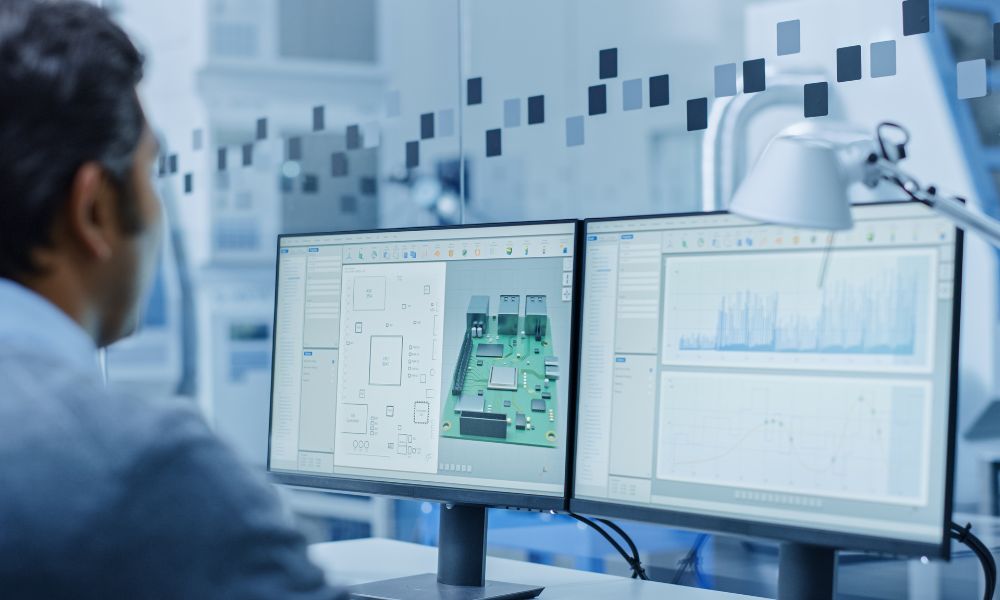
Are you struggling to diminish electromagnetic interference (EMI) in your PCB design? Our guide will explore the relationship between EMI and PCBs and useful techniques for reducing EMI.
What Is Electromagnetic Interference (EMI) in PCB Design?
First, what is EMI, and how does it affect PCB design? EMI, also known as radio frequency interference, is the disruptive effect of electronic circuits or other natural sources. EMI is different than EMC, also commonly used in PCB settings, as EMC refers to a PCB’s ability to block or function under EMI effects.
EMI is something that all electronic devices must account for as it’s the natural reaction to the relationship between gravitational fields and electrical flow. In PCBs especially, it can wreak havoc on circuits, so designers must consider strategies for diminishing electromagnetic interference in their PCBs.
Strategies for Reducing EMI in PCBs
What are these strategies for reducing EMI in PCBs? Designers use many techniques, but some of the most common regard the ground plane, trace layout, and EMI shielding.
Use Ground Plane Effectively
The ground plane is integral to reducing EMI in PCB design and is often the first component that designers may alter to reduce EMI. As PCB designers know, the ground plane provides a 0-volt reference line to the power supply ground terminal for the return path of a circuit.
The copper foil of the ground plane must take up as much of the cross-sectional area of the board as possible to reduce noise and diploes. Some designers may use multi-layer boards if the plane is too small to give them more options for handling high-speed traces.
Avoid Right-Angle Bends
Regarding the trace layout, PCB designers should avoid sharp angle bends as much as possible. In a 45-degree corner, the capacitance of the current increases, which can cause more reflections and problems in the design.
Ideally, you should keep these right angles rounded as much as possible to reduce EMI. The design may require more extensive EMI shielding if you can’t avoid these angles.
Employ EMI Shielding
One of the most effective techniques for reducing EMI in PCB design is with EMI shielding materials. Sometimes, EMI is inevitable, but that doesn’t mean the design is unusable.
A Faraday cage is an enclosure made of conductive materials that PCB designers will use to block EMI like a shield. If you find that EMI continues to be a problem for your design, a Faraday cage may be the best solution.
